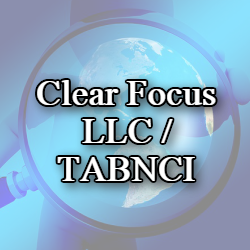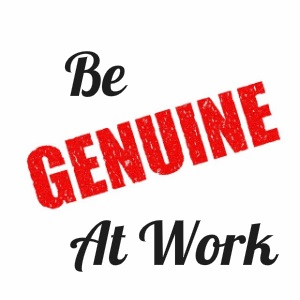Be Genuine at Work
We’ve all had bad days that have affected our work and attitude in the office. During these days, it feels impossible to do the everyday tasks your job asks of you. Positivity in the workplace has a direct impact on pervasive sectors of the workforce such as customer service and sales. How can you have a more positive outlook on the day even if it’s been a tough start to the day?
Surface Acting and Deep Acting
We’re all guilty of going from yelling and cursing in a road rage-induced furry then five-minutes later giving a fake smile to your co-workers when you walk into the office. This is called surface acting. This is when you feel one emotion and attempt to express another.
Meanwhile, deep active involves changing how you feel internally with the hope that your emotions will actually change. Instead of diving into said road-rage induced furry, reappraise what’s good about your day and what you enjoy about your work. This will help you put on a genuine smile.
Research has shown that those who practice deep acting over surface acting reaped greater benefits than those who practice surface acting. Part of this has to do with the fact that you interact with your coworkers every day, so surface acting would require a lot of acting.
Why Is Smiling Important?
Why do we try to act happy and positive around our co-workers? Is it something that actually has a positive impact on our work? We do seem to operate under the impression that our positive outlook will have a positive impact on our careers.
Those who practice deep acting say they were trying to be positive because they like their coworkers and value the relationships they have with them. Those who practice a mixture of the two say they were trying to be positive to avoid looking back or trying to get ahead at work. Studies have found that those who practice deep acting had colleagues who were more willing to offer help and support.
Based on research, it’s clear that positivity in the workplace does have an impact on our work lives. Those who practice deep acting rather than surface acting are more likely to actually feel better about themselves and their work. Try to remember what’s good about your life, your job, and your workplace next time you’re having a bad day.
We would love to hear your comments on this article or any of our latest articles.
Gary Brunson
gary@myclearfocus.com
Debra Rider
debra@myclearfocus.com
574.361.2674
Sustainable Growth & Profit Consultant, Coach, Mentor and Counselor/Therapist for Business Owners and Professionals.



